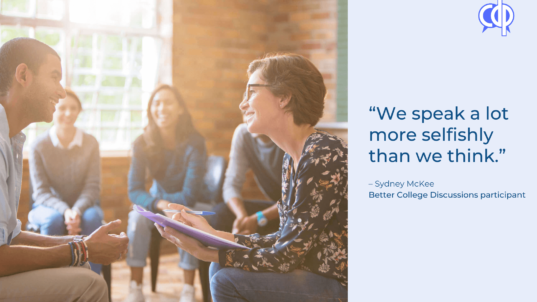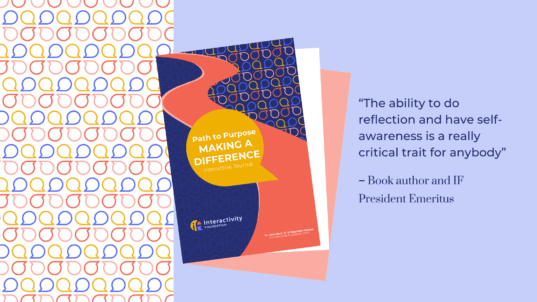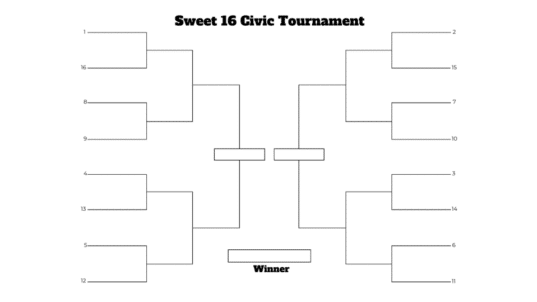
Image by mohamed Hassan from Pixabay
Introducing a human dimension to engage with complexity
Taylor Mathis was a trained facilitator who had earned a reputation for helping organizations think through very tough issues. His approach was to help facilitate the identification of possibilities before the resolution of the issue. He had been asked by his alma mater to help with an issue of “second chances.” Basically, the issue concerned how to decide under what circumstances students should be given a second chance for students who fell below minimum GPA requirements or who were found guilty of a campus infraction (typically alcohol or drug related). A secondary issue was the renewal of the students’ financial aid if they were allowed to stay.
As he prepared for the facilitation, Mathis was concerned about the entrenched positions reported among many of the participants. Some believed that there should be no second chances while others felt that second chances should be viewed as developmental experiences for students. It was unlikely that the group would move beyond their preconceived ideas to identify possibilities for second chances.
What Taylor did was to construct a series of five fictionalized scenarios of students who ran into problems. He then asked the participants to think through these cases. What the scenarios did was add a human element to the exploration of possibilities. The hard liners really struggled with the case of a student whose bad grades came as a result of the cancer treatment she was going through. The “softies” really struggled with the case of an honors student who came from a privileged background (and major donor family) and who was caught selling drugs on campus.
The result of the facilitation was a set of principles to be used in deciding second chance situations. As opposed to formal policies, the principles required the use of informed judgement to resolve specific cases.
The facilitation was a tremendous success best summed up by the closing comment of one of the participants: “This was the first time that I and my colleagues moved away from the absolutes in our thinking to develop something which requires thoughtful judgment.”
In many cases, challenging discussions can be made more useful when the facilitator uses scenarios that create a response of: “That’s a tough call. I’m not sure how I think.” The scenarios are more effective when they bring a human dimension to the discussion because they help breakdown preconceived positions.
* * *
“Synergy is what happens when one plus one equals ten or a hundred or even a thousand! It’s the profound result when two or more respectful human beings determine to go beyond their preconceived ideas to meet a great challenge.” – Stephen Covey (author of The Seven Habits of Highly Effective People)
This post is part of our “Think About” education series. These posts are based on composites of real-world experiences, with some details changed for the sake of anonymity. New posts appear Wednesday afternoons.



